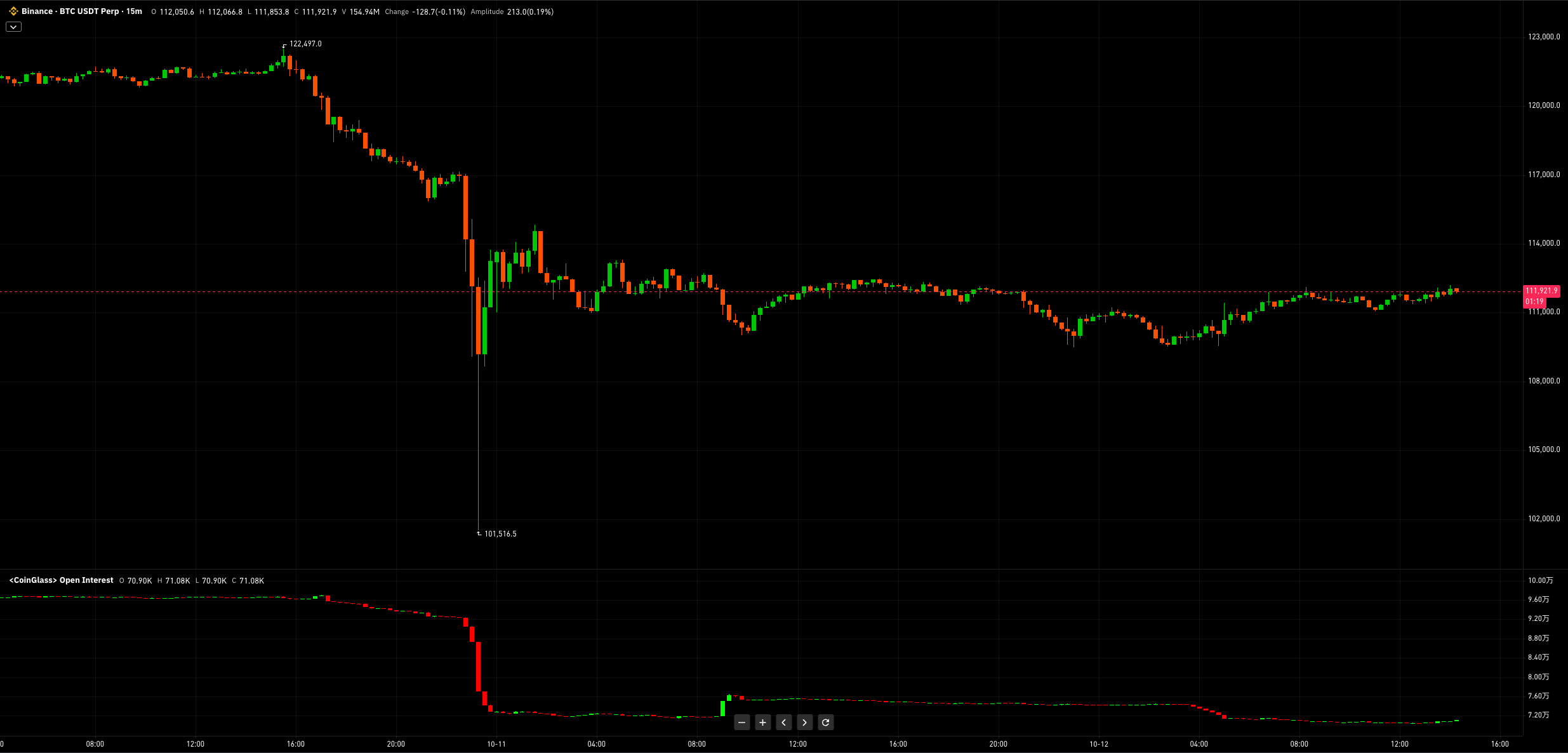Open Interest (OI) is a core metric used to measure the scale and capital depth of a financial derivatives market. It is defined as the total number of outstanding derivative contracts that have not been settled or closed via an offsetting trade or delivery at a specific point in time. As a stock indicator, Open Interest reflects the scale of continuous positions and the capital-carrying capacity of the market, signifying market continuity. This is fundamentally different from Trading Volume, which is a flow indicator that records the trading activity and turnover rate over a specific period. Therefore, Open Interest measures the depth of market participation, while volume measures its intensity. Statistically, OI is typically calculated on a single-sided basis, as every long position is matched by a corresponding short position.
The fluctuation of Open Interest follows a clear set of transactional logic. When a new buyer and a new seller both enter the market to open positions, new net positions are created, causing Open Interest to increase. Conversely, when an existing long and an existing short close out their respective positions against each other, outstanding positions are settled, and Open Interest decreases. If a transaction merely transfers a position—for instance, a new buyer takes over a contract from a seller wishing to close their position—the total number of positions in the market remains unchanged, and Open Interest will not change. In traditional futures markets with expiration dates, this mechanism is typically observed during a "rollover," where capital flows out of the expiring contract, causing its OI to drop sharply, and into a new leading contract, causing its OI to rise accordingly.

The fundamental principles of Open Interest are directly applied in the cryptocurrency perpetual contracts market, but they exhibit unique dynamic characteristics due to innovative product design. The most significant feature of perpetual contracts is their lack of an expiration date, which allows their OI to change continuously and eliminates the cyclical "rollover" phenomenon seen in traditional futures. To ensure the contract price remains closely anchored to the spot index, perpetual contracts incorporate a funding rate mechanism. This mechanism adjusts the holding costs for long and short positions to maintain price stability and has become a key variable influencing investors' willingness to hold positions and the overall scale of OI. Furthermore, the high leverage prevalent in the crypto market allows traders to control large notional value positions with a small amount of margin, significantly amplifying the total risk exposure represented by Open Interest.
In terms of data disclosure, trading platforms commonly report OI using a dual-denomination approach: by quantity (e.g., number of contracts or coins) and by notional value (e.g., in USD or other fiat currencies). This allows market participants to assess risk from different perspectives. Additionally, contracts are distinguished by margin type, such as USDT-margined versus Coin-margined contracts. From an analytical standpoint, Open Interest is directionally neutral; it only reveals the total scale of the standoff between long and short positions without indicating which side has the upper hand. Therefore, its interpretation must be placed within a broader analytical framework and observed alongside other indicators like price action, volume, funding rates, and liquidation data to objectively understand market sentiment and structural shifts. Particularly in risk management, OI is closely linked to mechanisms like forced liquidations and auto-deleveraging (ADL). During extreme one-sided market movements, large-scale liquidation events can instantly wipe out a significant number of outstanding contracts, causing OI to contract sharply in tandem—a phenomenon that serves as a critical reference for assessing systemic market risk.

